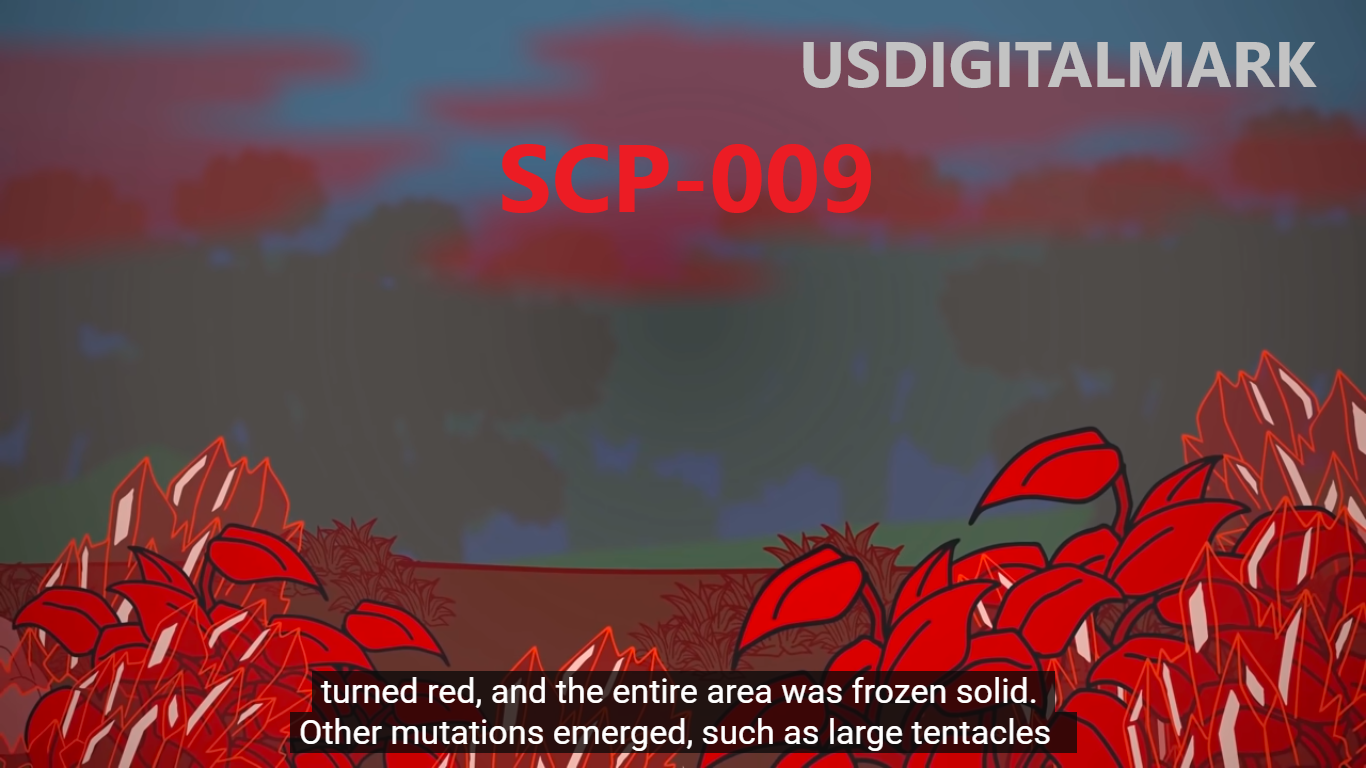The introduction of a Final Degree Project (TFG), a Master’s Final Project (TFM) or a doctoral thesis is an essential part of your university project. It is the first connection you will establish with the reader. Therefore, it is important to write a well-written introduction so that the Final Degree Project
- interest the reader or examiner
- catch their attention
- give them a clear idea of the topic covered in the TFG or TFM
A reader or examiner in a hurry usually reads his Final Degree Project diagonally. In this case, you are especially interested in the following 3 elements: the introduction of the TFG, the outline of the TFG and the conclusion of the TFG. Therefore, it is important to take care of these 3 elements to highlight the quality of your work.
In this article, we present the main elements that the introduction of a TFG or a thesis must include, with an example of introduction valid for different levels of studies: Final Degree Project, Master ‘s Final Project, dissertation or dissertation. doctorate, etc.
1. Write the introduction of a thesis at the right time
There are two schools of thought about the ideal time to write the introduction of a TFG:
- Write the introduction once the writing plan has been completed (at the beginning of the Final Degree Project).
- Write the introduction after having finished writing the Final Degree Project (at the end of the university project).
Write the introduction of a Final Degree Project after finishing the outline
The preparation of a detailed draft for your Final Degree Thesis (TFG), Final Master’s Thesis (TFM) or doctoral thesis is a crucial phase in the preparation of a university project.
This stage occurs after defining the topic, choosing a thesis director and formulating the questions.
It is important that you develop a plan for your TFG, since in it you will present your answer to the problem.
As soon as you have finalized and validated your TFG plan, you can start writing the project, in particular the introduction of the TFG.
Try to adapt the introduction of your TFG, TFM or thesis to the elements that you include in your university project.
Write the introduction of the Final Degree Project after having written it
Writing the introduction of your Final Degree Project at the end may seem counterintuitive, but it is actually a recommended practice for several reasons:
Summary
When you write the different parts of your Final Degree Project, you usually have a vague idea of the points you want to address. As you progress, your thoughts evolve and you refine your ideas. If you write the introduction last, you will get an overview of the work as a whole, which will allow you to write a more precise and relevant introduction to your TFG.
Clarify the objectives
At the end of your research, you will have a clearer idea of your objectives and the means and tools you will use to achieve them. If you write the introduction last, it will be easier for you to explain your goals.
Adjust the problem
Over the course of a research project, the problem may evolve. If you write the introduction of your Final Degree Project at the end, you can be sure that you are presenting the problem to which you respond.
Consistency with the conclusion
If you write the introduction of your Final Degree Project at the same time as the conclusion, you will ensure that they are aligned. This way, you can be sure that they are coherent and provide a good framework for your TFG.
Even if you decide to write the introduction of your TFG at the end of the work, you should know that you can write a draft introduction at the beginning of the university project. This first draft will allow you to clarify your ideas and give direction to your Final Degree Project (TFG), Final Master’s Project (TFM), or doctoral thesis. You will be able to review it and finish it once you have finished the rest of the TFG.
2. The 5 main elements of the introduction of a TFG, TFM or a doctoral thesis
There are several elements that you must include in the introduction of your TFG, TFM or Thesis, whether it is a research work or a professional thesis.
Make sure the introduction is structured, short and concise. The goal is to communicate essential information to the reader in no more than one or two pages.
The structure of the introduction of a Final Degree Project is also crucial to capture the reader’s attention. This structure may vary depending on the requirements of your field of study or your institution.
Here are the 5 parts that the introduction of your Final Degree Project must include, adapted according to the guidelines received:
Contextualization
Start with a hook (statistics, key facts, or concrete examples) to draw the reader’s attention to the topic. Next, introduce the topic in a general way, highlighting its importance in the current context and its relevance to your field of study.
Problem
Clearly identify the question you want to answer. Explain why this topic is interesting and why you have decided to address it. A good problem should be simple, precise and understandable.
Research objectives
Frame your study by presenting your objectives. What do you intend to measure? What are the main hypotheses you want to examine? Also describe your research methodology in this section.
Structure of the TBG: Final Degree Project
Make a summary of the general structure of your Final Degree Project or doctoral thesis announcing your plan. Explain your choice of sections and parts to familiarize the reader with your organization.
Announcement of results (optional)
Finally, briefly state the results you have reached at the end of your research. Indicates the main conclusions to awaken the reader’s interest and encourage them to want to know more.
Focus on the presentation of the research methodology
What is the research methodology in a Final Degree Project?
The choice of affordable ghostwriter for autobiography depends on the nature of the project: Bachelor’s Thesis, Master’s Thesis, professional thesis, doctoral thesis.
There are several academic research methods: quantitative studies, qualitative studies, empirical studies, comparative studies, etc.
Why present the research methodology in the introduction of the Final Degree Project?
By presenting your research methodology in the introduction of your TFG, you place your work in a specific methodological context. This will provide the reader with more information to understand your approach and evaluate the validity of your results.
Focus on announcing the plan in a TFG or thesis introduction
Why announce the plan in the introduction of the TFG?
To guide the reader, we strongly recommend that you announce the general plan of your Final Degree Project in the introduction. In this way, the reader will have an overview and will be able to follow the argument coherently.
By announcing the plan, you also help the reader understand what to expect from each party. This can be especially useful when your work is long.
How to announce your TFG plan in the introduction?
Here are some ideas to announce the plan in the introduction of your Final Degree Project, Master’s Final Project or Thesis:
- Simple enumeration
List the main parts of your TFG, TFM or Thesis.
For example: “This Final Degree Project is divided into four main parts: Part I – Background and issues, Part II – Review of the bibliography, Part III…”.
- Explanatory phrases
To give more context to each part, you can add a short explanatory sentence for each of them.
For example: “This Final Degree Project is structured in four main parts. In the first part, we will examine the context and problem of our research. The second part will be dedicated to an in-depth review of the existing literature on the topic. …”.




